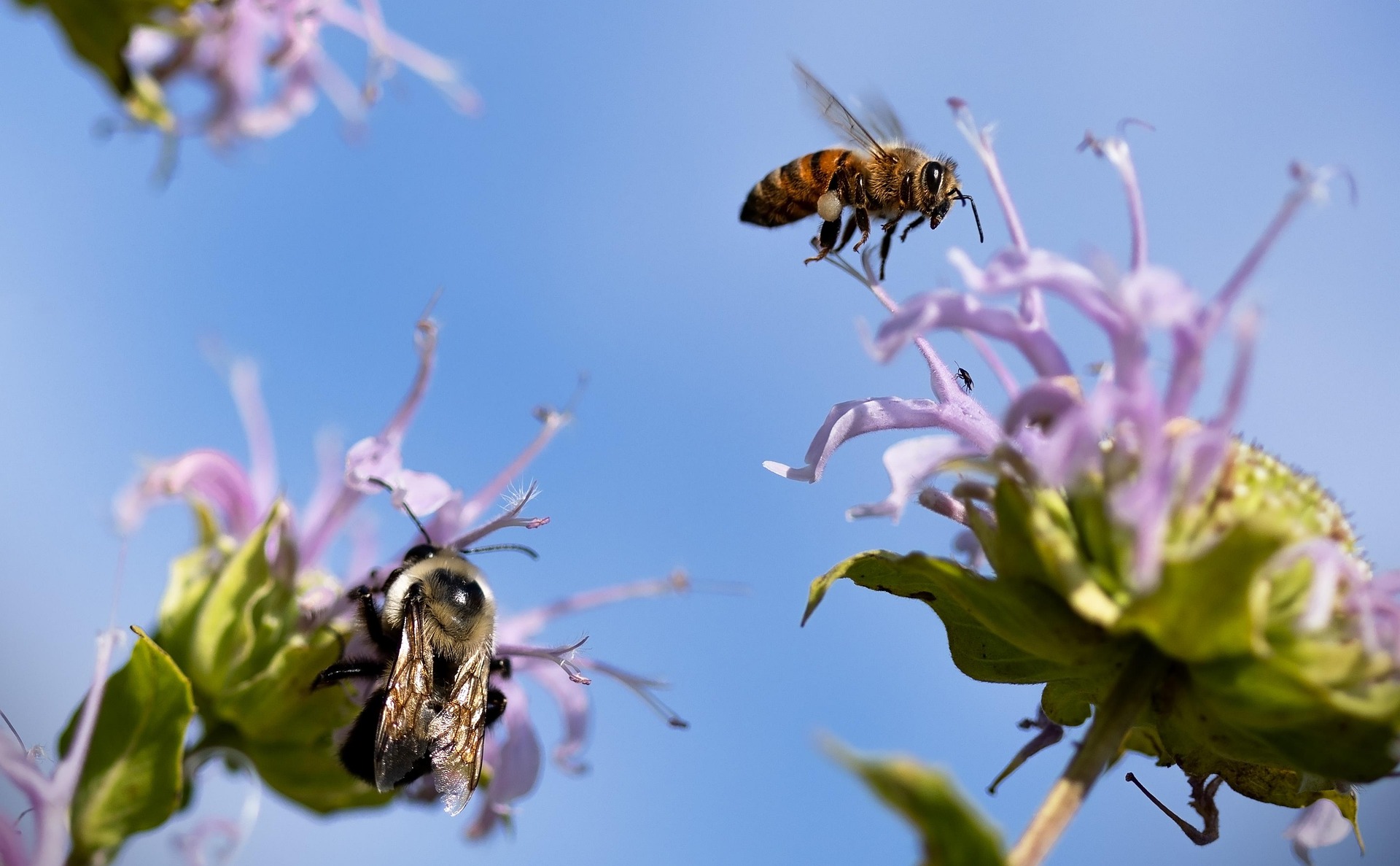Yes, bees have a lifespan that is often determined by their role in the hive! Here’s how it works:
1. Worker Bees:
Worker bees, which are female, usually live for about 6 weeks to 3 months. Their lifespan depends on the time of year and the tasks they do.
- In the summer, when the hive is active and busy, worker bees are constantly flying out to gather nectar and pollen, which causes a lot of wear and tear on their bodies. Because of this, they typically live only 6 weeks.
- In the winter, worker bees do less flying and more staying in the hive, keeping warm and protecting the queen. During this time, they can live longer – up to 3 months.
2. Drones:
Drones are the male bees whose sole job is to mate with a queen. They don’t participate in tasks like foraging or hive maintenance.
- Drones have a shorter lifespan, typically only a few weeks. Once they mate with a queen, they die. If they don’t mate, they are usually expelled from the hive before winter.
3. Queen Bee:
The queen bee is the heart of the hive. She is the only female bee in the colony capable of laying eggs, and she lives much longer than the workers and drones.
- A queen bee can live anywhere from 3 to 5 years in some cases. Her role is essential, as she is responsible for laying thousands of eggs each day during the hive’s peak activity. However, she will eventually stop laying as she ages, at which point the hive will typically raise a new queen.
So, in short:
- Worker bees live for a few weeks in the summer or several months in the winter, depending on their duties.
- Drones live only a few weeks.
- The queen bee has the longest lifespan, lasting several years.
Each bee’s lifespan is tightly connected to its role in the hive, making the colony a well-organized and efficient community!
